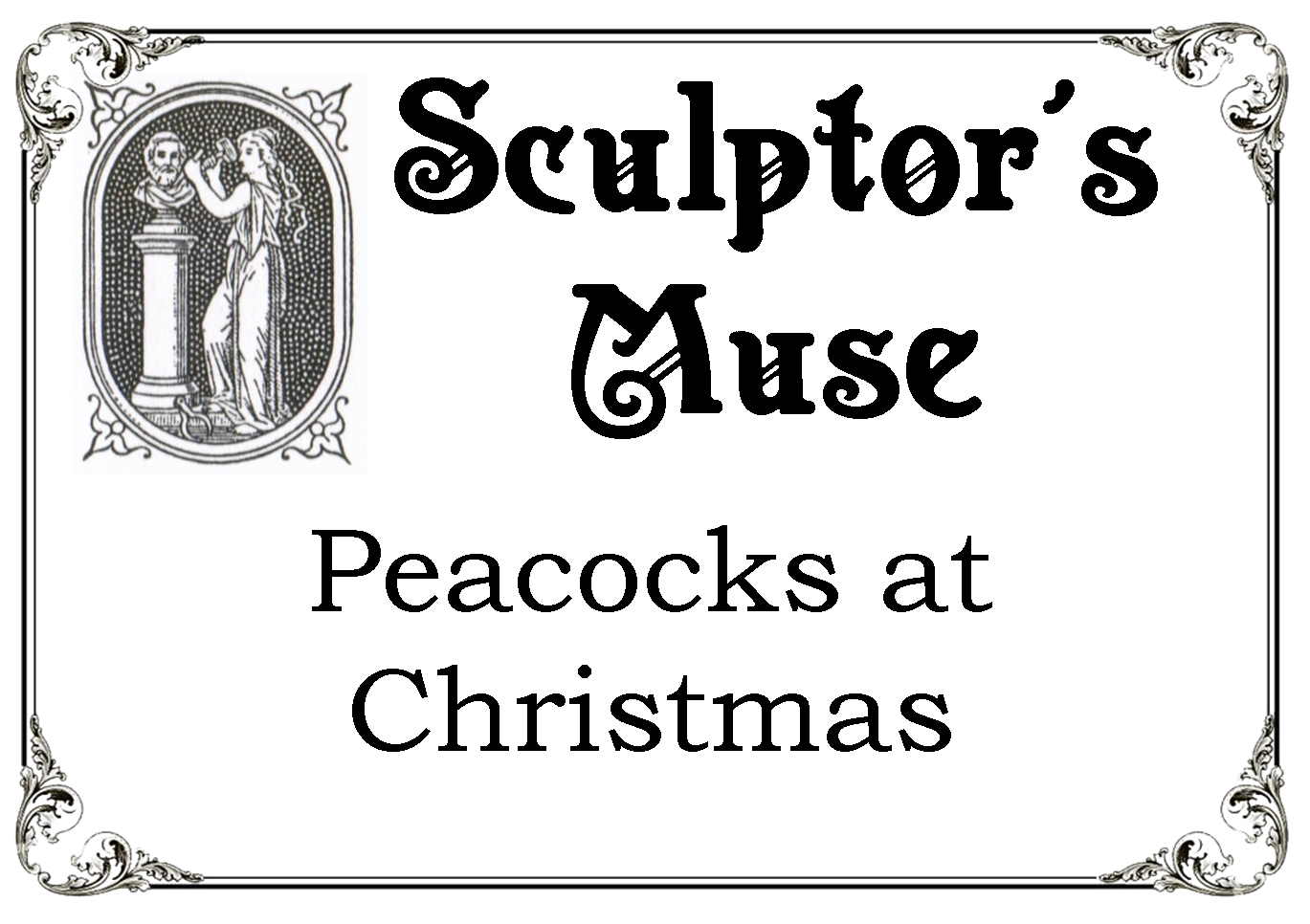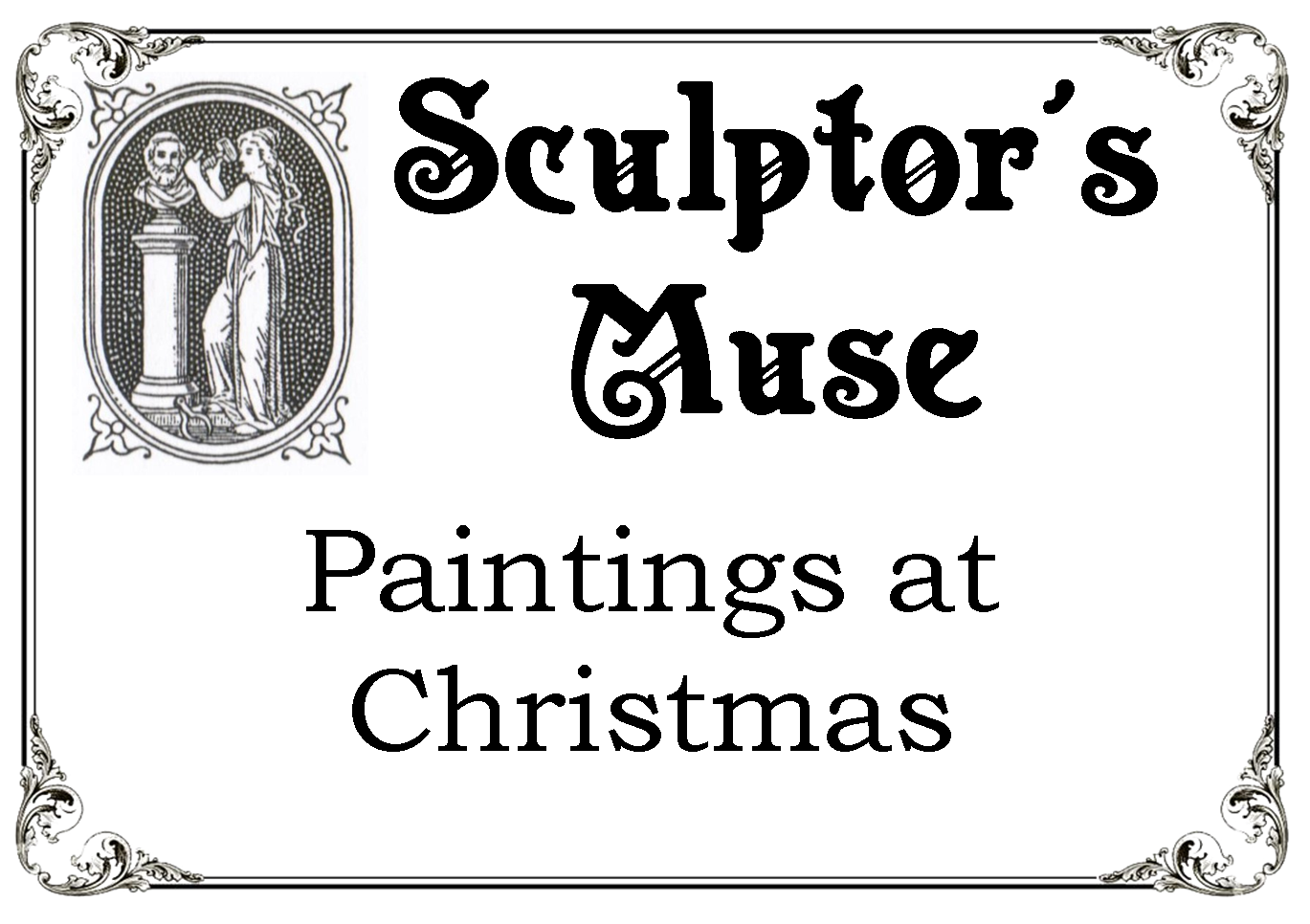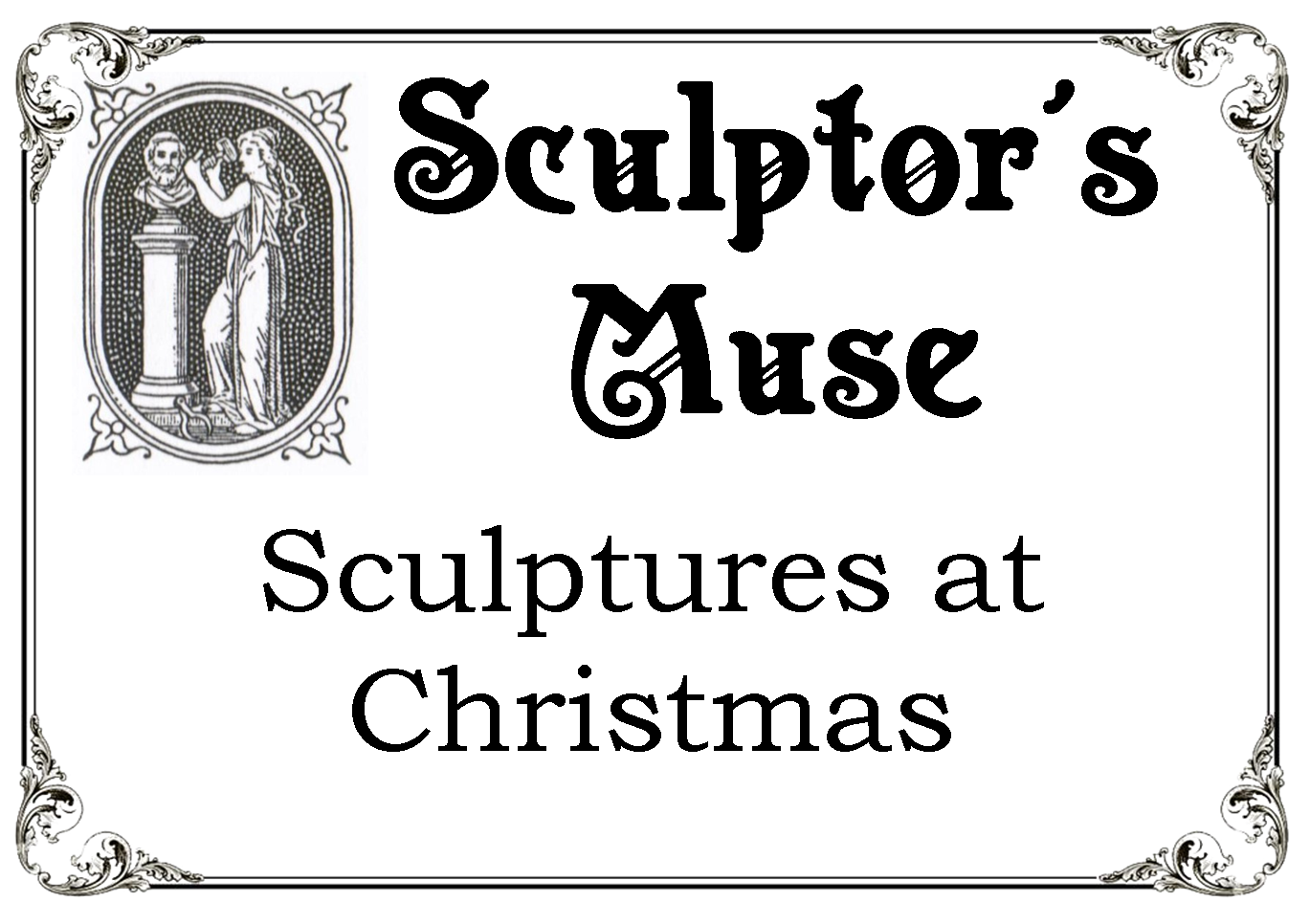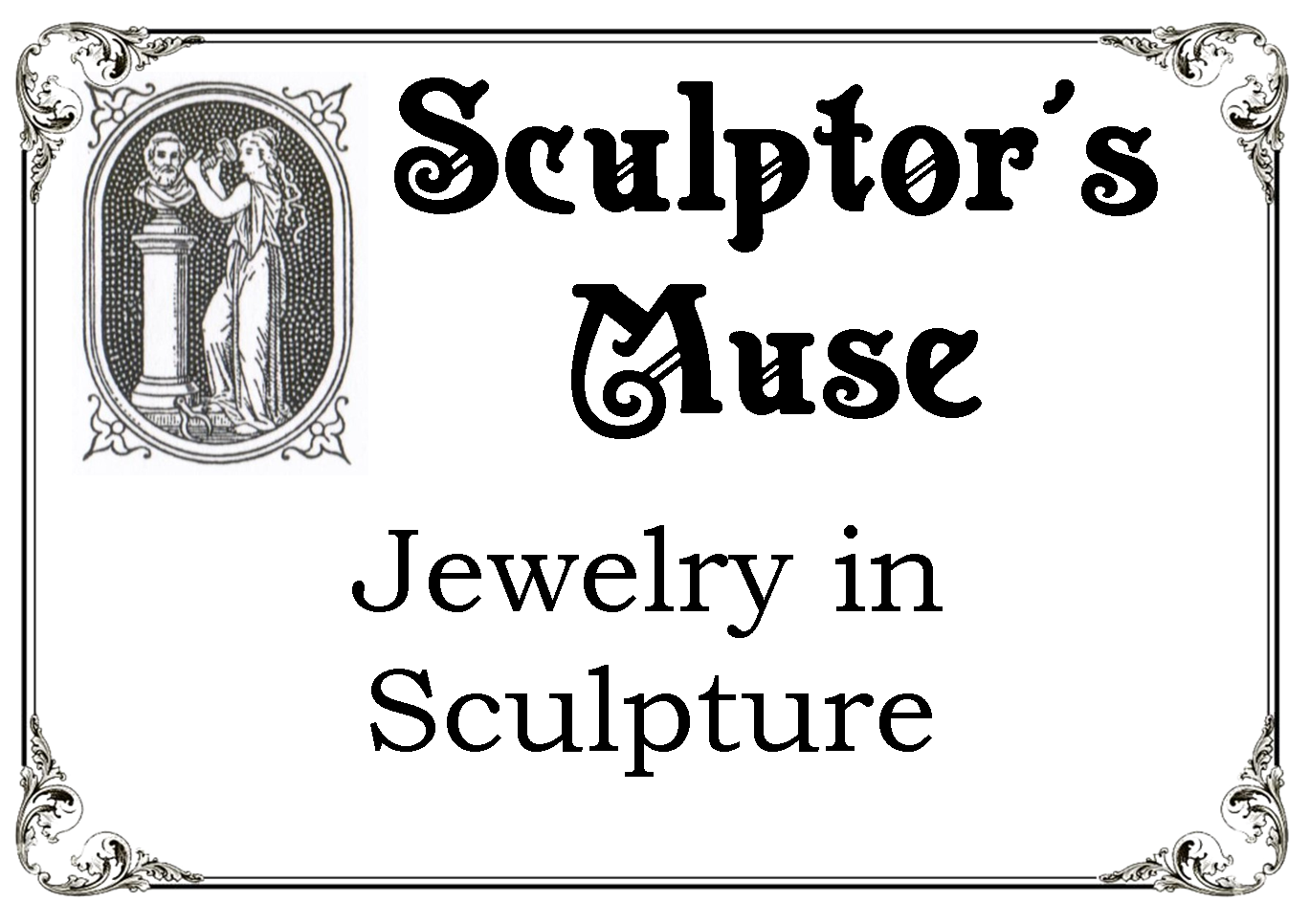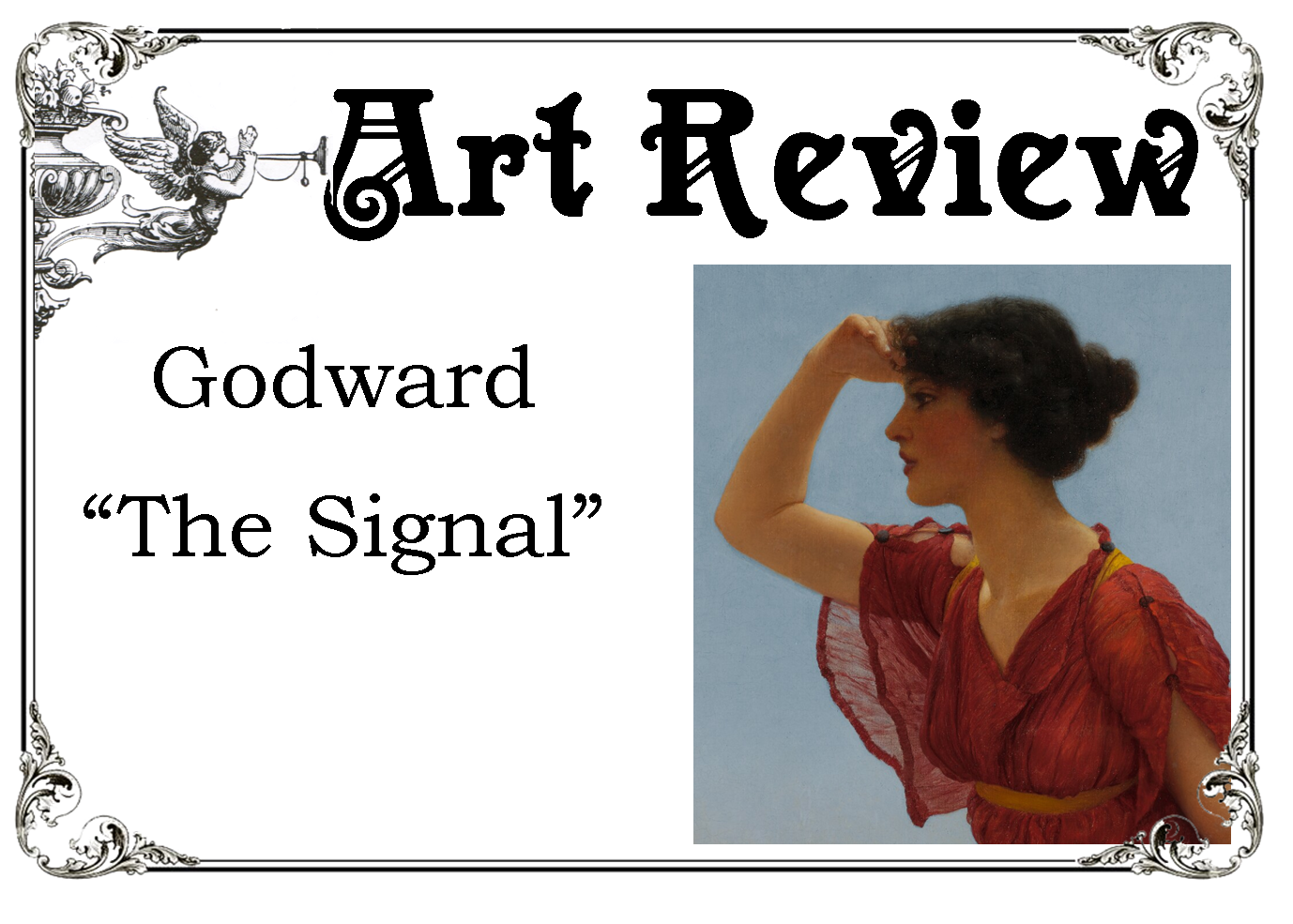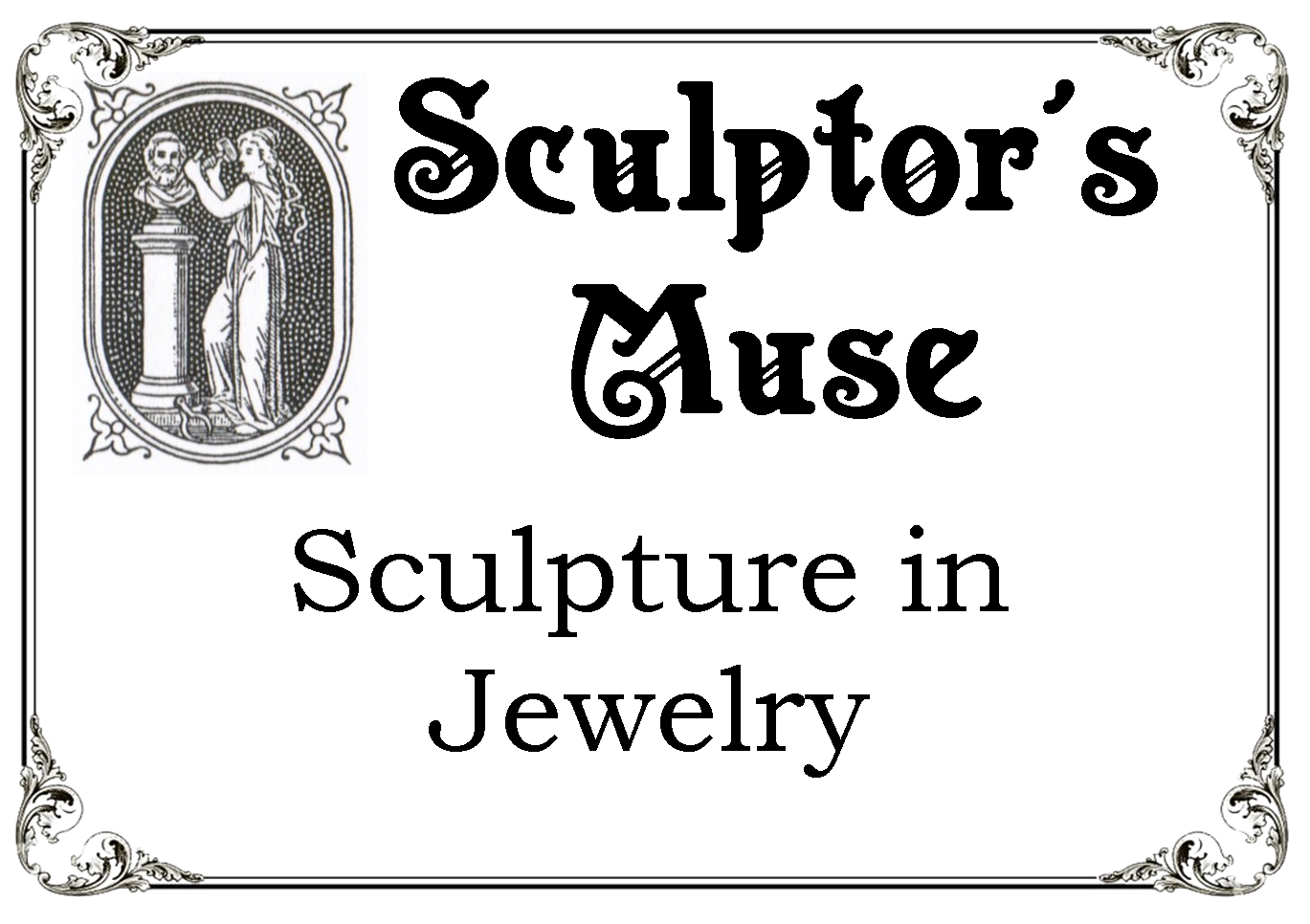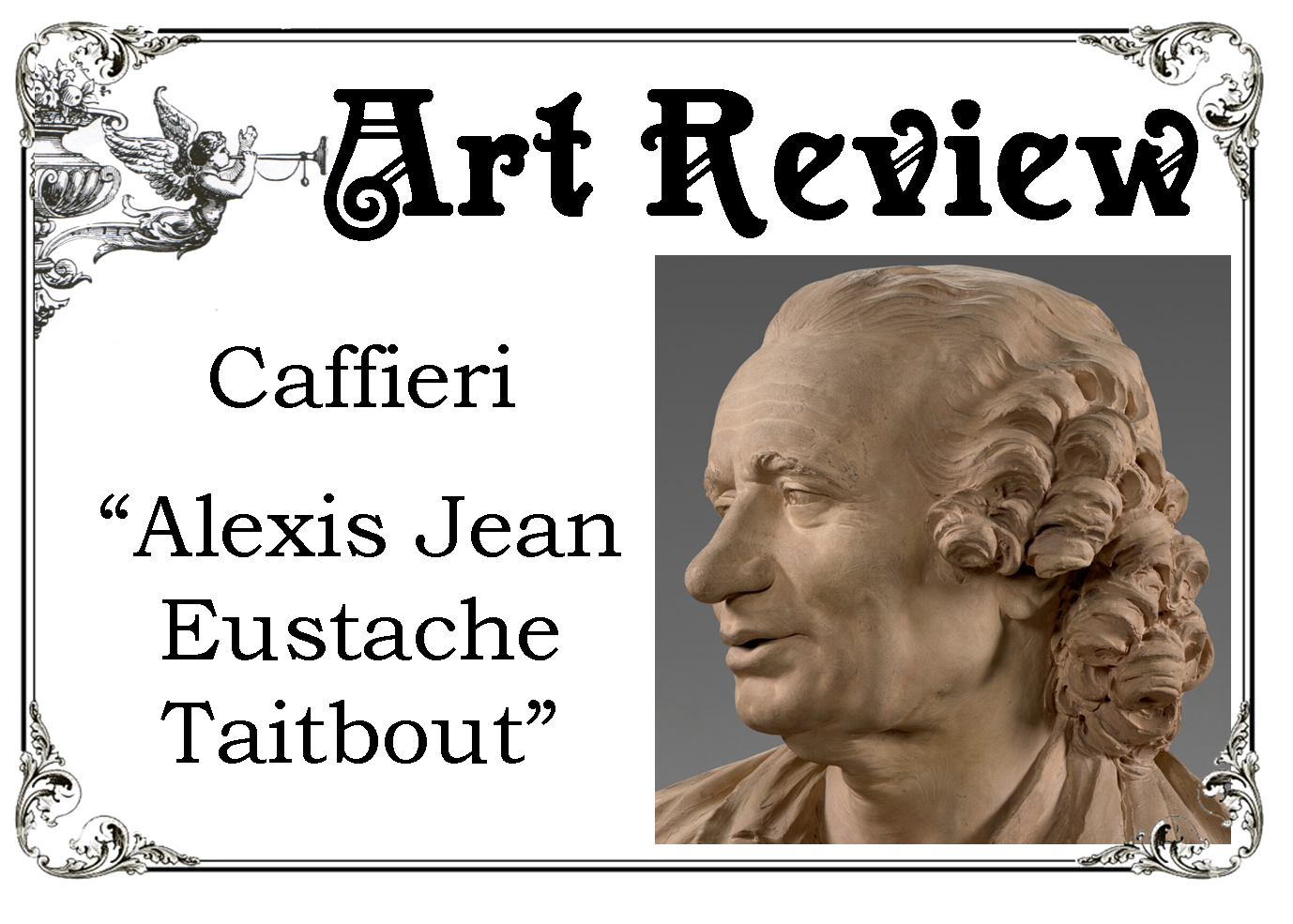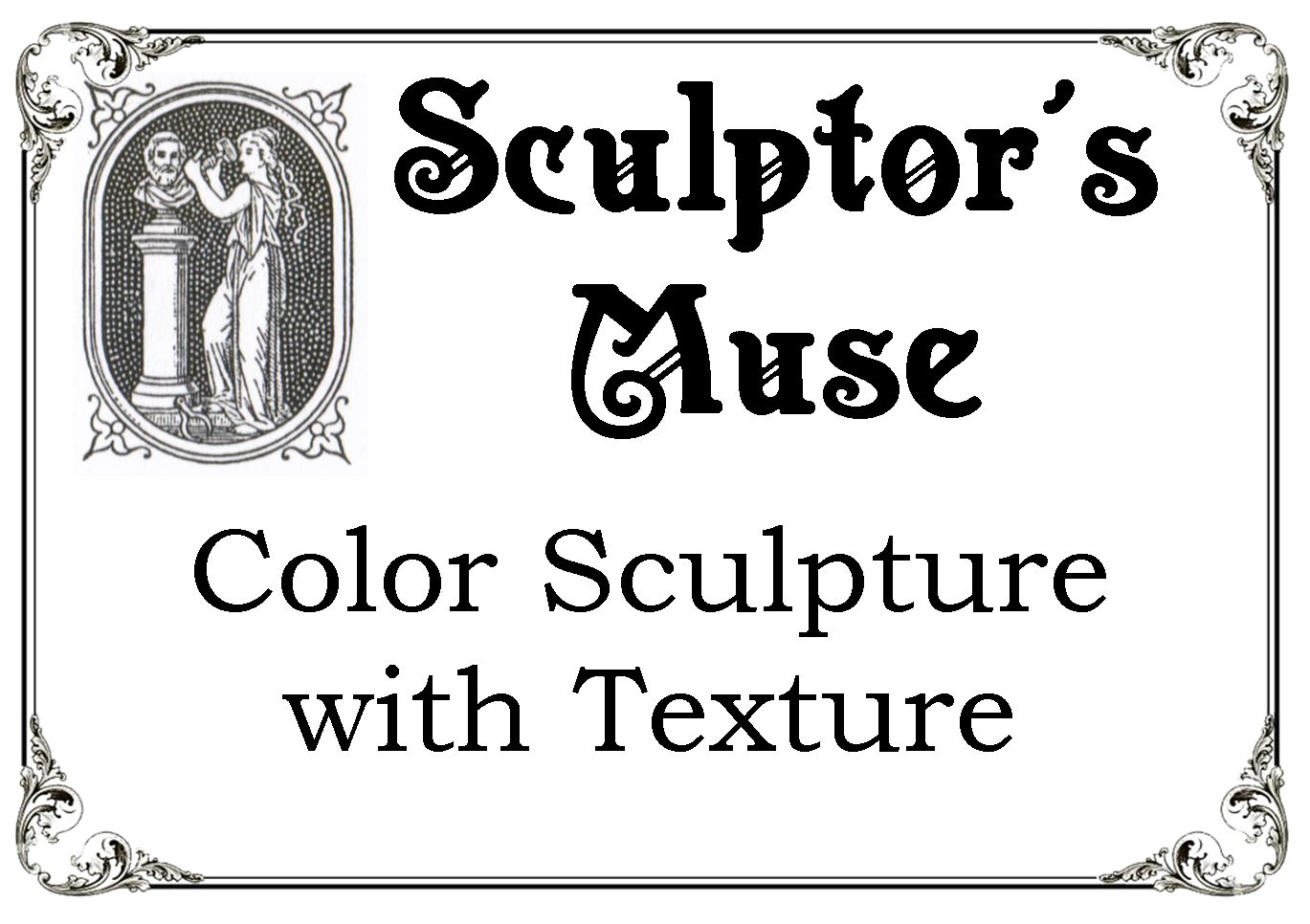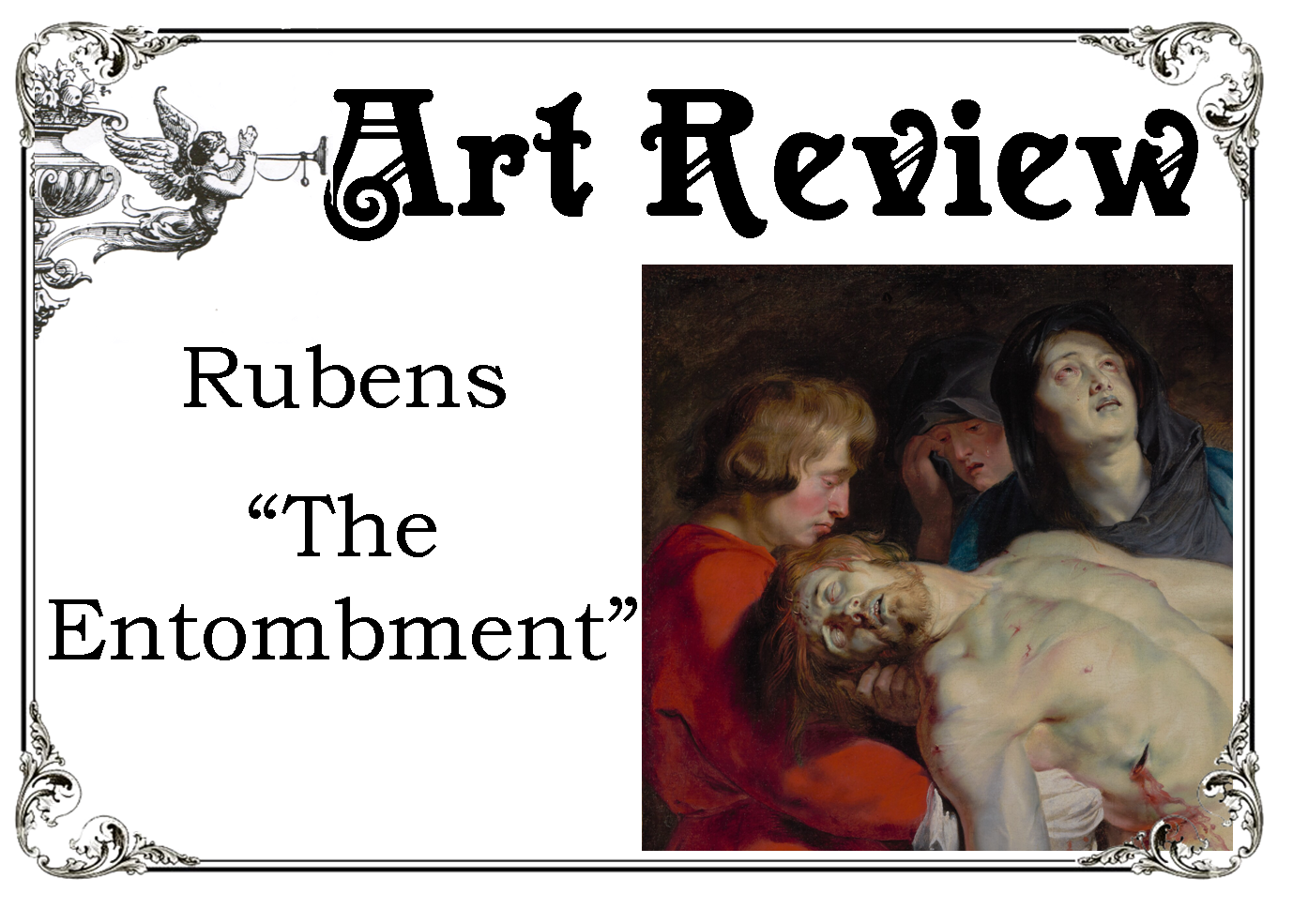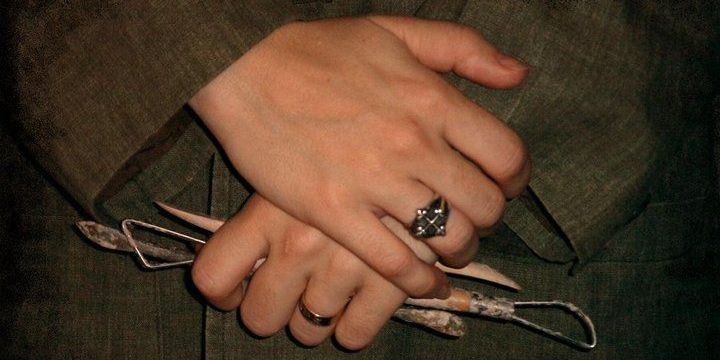
Sculptor's Muse: Portraits

One of the main areas of a sculptor's work is that of Portraiture, which happens to also be one of my favorites. I have been asked if the technology of 3D printing will affect the commissions for portraits, and I have not experienced that it has. I also don't think that it can - not really.
A true portrait, whether in sculpture or painting - has to pass through the eyes and hands of the artist. It is no mere static, sterile 'copy' of the person. The job of the sculptor is to create - not just a likeness, but the very 'who' the person is or was. Rodin stated "No soul, no sculpture" and that is true in its purest essence where portraits are concerned.
With the use of subtle nuances, the portrait comes to life. The sparkle in the eyes or the thoughtful expression, it's my job to find those almost-hidden elements that make up that person's character, who they are, what they mean to others. All of these things have to be discovered and drawn out and sculpted into the portrait - something no machine can do - it has to come through the eyes of another human - the artist.
In creating a portrait there are several approaches: sculpting directly from life, from photographs and measurements taken by the sculptor or in the case of a posthumous portrait - from photographs and videos provided to the sculptor.
Sculpting from life is always fun, but not always practical. Having the person sitting or standing for periods of time can be fatiguing to them. Taking breaks and allowing them to 'relax' their expression until I am working specifically on that aspect helps to keep everything 'on pointe'.

However, this can be challenging for young children, which brings me to the next approach, the use of photographs and measurements in creating a portrait. Most of the time, the person I am sculpting a portrait of cannot come to the studio for times of modeling, or can only come a for a short amount of time. In this case, I have my own calipers and my own set of key measurements that I take from the person myself. These are not just the main measurements of height, width and depth, but also include triangular measurements between bony features of the skull, neck, shoulders and sternum, as well as landmarks of key facial features. All of these measurements are recorded on paper, not in inches, instead I lay the calipers on the paper and draw a line between the caliper points. For myself, I find this more accurate. It is important that I am the one taking the measurements, as everyone measures a little differently and minor differences can make major differences in the portrait.
Another key aspect is the photographs. Most people use the camera on their phones for all of their photos. Though they look great on the screen, there is actually a barrel distortion that happens with these tiny lenses. Even with a 'nice' camera, there is a distortion. To avoid this, the photographs have to be taken at 110mm so that there is no amount of distortion in the features of the face. That being said, photos taken on phones are still helpful in showing me the character and expressions a person has. I usually ask for any 'favorite' photos to be sent to me for this reason. I sculpt the portrait from my measurements and my photographs, without any composition or expression - and then once I have caught the physical likeness, then comes the fun part of creating the expression - I do this by looking and mentally pouring over the 'favorite' photos - that helps me find the 'soul' as Rodin stated.
One of my recent portrait commissions was of a toddler. He was on the go, and I had my daughter assist me, as she would take photos (110m) while the boy looked and talked and ate and ran around. My daughter Crimson Rose, knows how to take these 'research' photos - for instance - making sure she is on the same 'eye level' as the child and the camera isn't tilted down at the child which would create subtle distortions of the features. While she was doing that, I was able to take caliper measurements a little at a time as he played. Then I asked his grandmother (who commissioned the portrait) to send me all her 'favorite photos' so I could muse on the expression I wanted. So, from all of this, I went back to the studio and was able to create his portrait. His grandmother came up with the title Parvulus Ursus, Latin for "little bear" which is his family nickname. Though the sculpture was created in stoneware clay, the Grandmother is also having it cast in bronze.

The final approach to portraiture is that of the posthumous portrait. These, to me, are the most emotionally rewarding and the most challenging. They are challenging because I have no recourse to my own measurements and often have to work from photos that aren't from a 110mm lens. They require much more time involved in researching over every photograph provided, and if available, every video. I have to compare measurements from photographs and video stills to discover the measurements I need to work from. Sometimes if there is a living relative that resembles the deceased, I will ask for photos of them and take measurements if I think they are applicable to the bone structure. However, challenges not withstanding, posthumous portraits are the most emotionally rewarding type of portrait I sculpt. To hear the family's response and to see how much comfort is brought through having a portrait bust of a loved one is a beautiful thing.

Such was the case of the portrait of F-16 pilot, James Michael Steel. With my own father in the military, sculpting someone who had given their life in service for our country was an honor filled with a deep respect, reverence and thankfulness for his sacrifice. James' life and service enables me to be able to exercise my talent in sculpting in a country that allows me the freedom to do so! In the words of Shakespeare "I can no other answer make, but thanks, thanks and ever thanks!"
Portraits in sculpture have been valued throughout history from the Greeks and Romans up to today. They fill our national buildings, monuments, libraries, hospitals, museums and collections public and private. The sculpted portrait is an ever-enduring legacy of the person portrayed.
#portrait #sculpture #sculpting #research
To leave a comment you must be logged into Facebook on your device.




